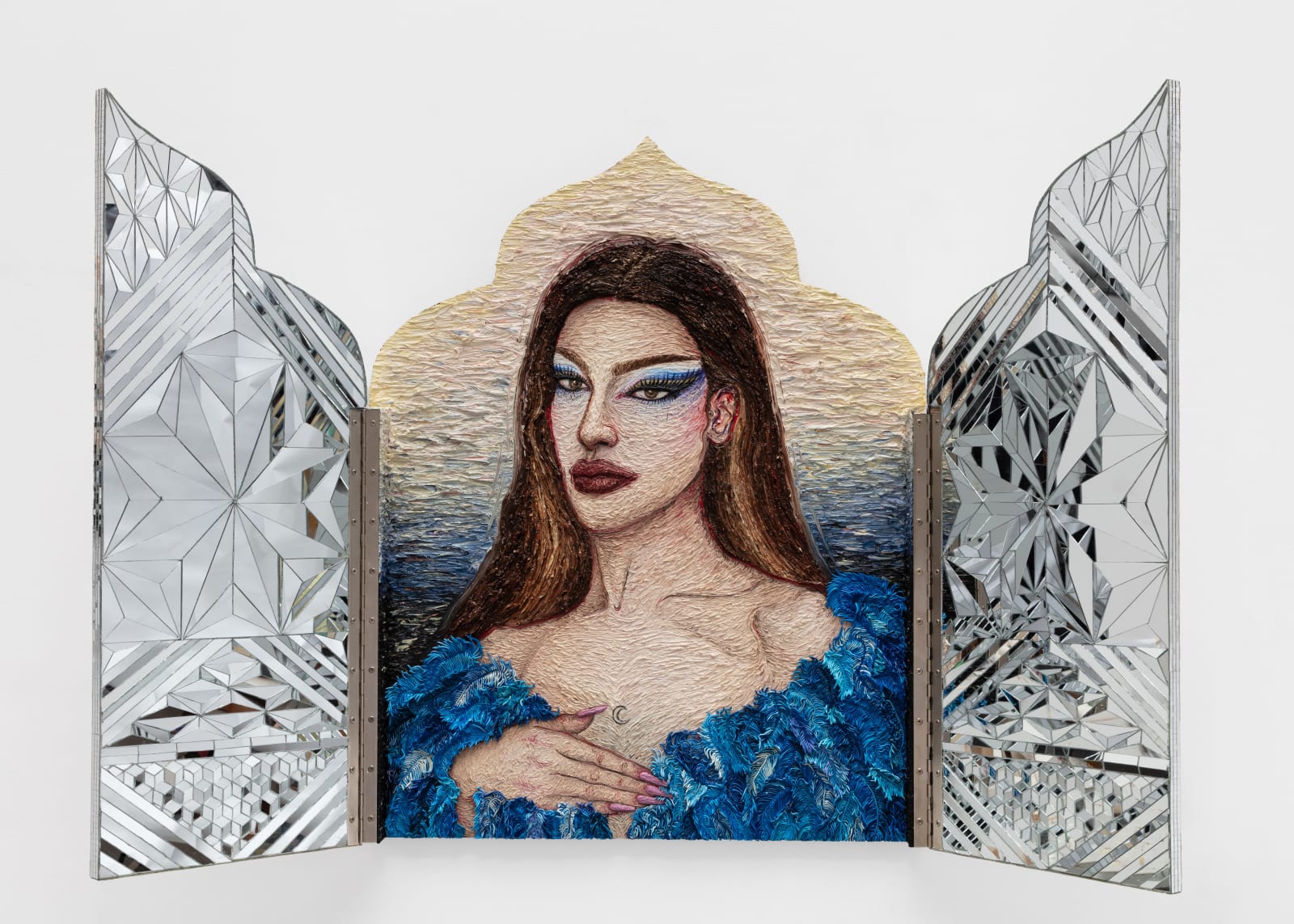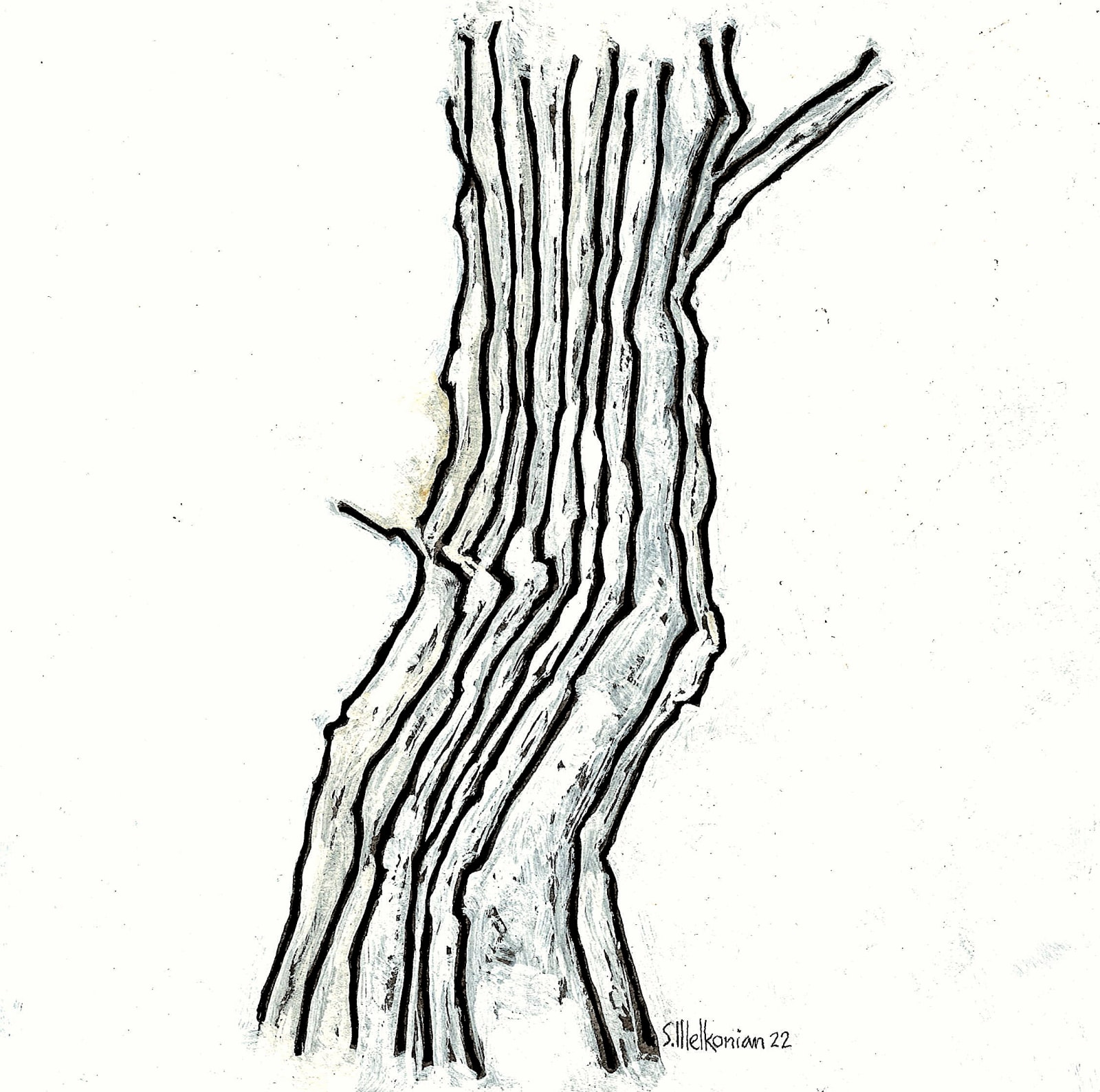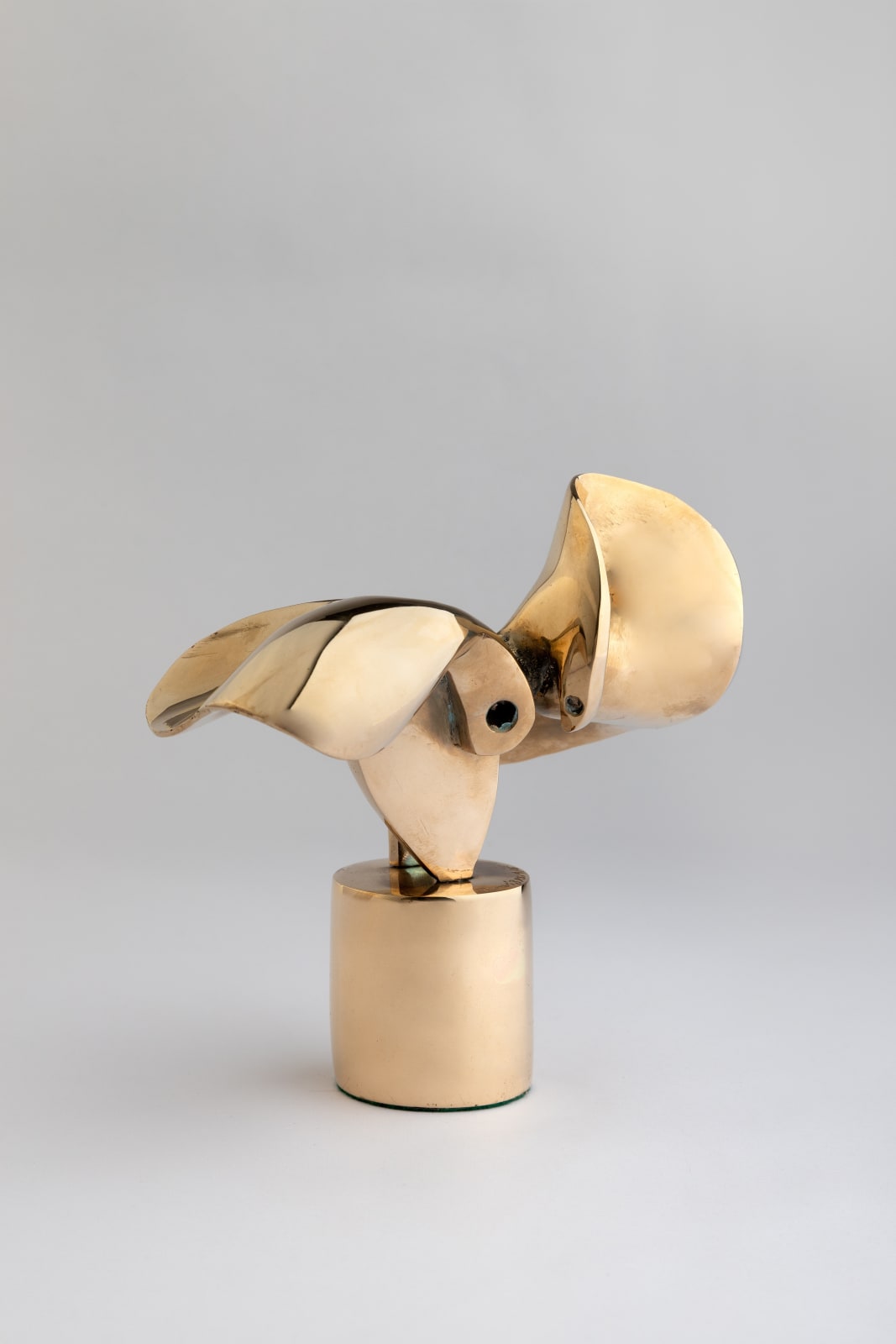Group Presentation: Art Toronto 2024
-
 Installation View of Zaal's Booth At Art Toronto 2024.
Installation View of Zaal's Booth At Art Toronto 2024. -
 Installation View of Zaal's Booth At Art Toronto 2024.
Installation View of Zaal's Booth At Art Toronto 2024. -
 Installation View of Zaal's Booth At Art Toronto 2024.
Installation View of Zaal's Booth At Art Toronto 2024. -
 Installation View of Zaal's Booth At Art Toronto 2024.
Installation View of Zaal's Booth At Art Toronto 2024. -
 Installation View of Zaal's Booth At Art Toronto 2024.
Installation View of Zaal's Booth At Art Toronto 2024. -
 Installation View of Zaal's Booth At Art Toronto 2024.
Installation View of Zaal's Booth At Art Toronto 2024. -
 Installation View of Zaal's Booth At Art Toronto 2024.
Installation View of Zaal's Booth At Art Toronto 2024. -
 Installation View of Zaal's Booth At Art Toronto 2024.
Installation View of Zaal's Booth At Art Toronto 2024. -
 Installation View of Zaal's Booth At Art Toronto 2024.
Installation View of Zaal's Booth At Art Toronto 2024. -
 Installation View of Zaal's Booth At Art Toronto 2024.
Installation View of Zaal's Booth At Art Toronto 2024. -
 Installation View of Zaal's Booth At Art Toronto 2024.
Installation View of Zaal's Booth At Art Toronto 2024. -
 Installation View of Zaal's Booth At Art Toronto 2024.
Installation View of Zaal's Booth At Art Toronto 2024. -
 Installation View of Zaal's Booth At Art Toronto 2024.
Installation View of Zaal's Booth At Art Toronto 2024. -
 Installation View of Zaal's Booth At Art Toronto 2024.
Installation View of Zaal's Booth At Art Toronto 2024. -
 Installation View of Zaal's Booth At Art Toronto 2024.
Installation View of Zaal's Booth At Art Toronto 2024. -
 Installation View of Zaal's Booth At Art Toronto 2024.
Installation View of Zaal's Booth At Art Toronto 2024. -
 Installation View of Zaal's Booth At Art Toronto 2024.
Installation View of Zaal's Booth At Art Toronto 2024. -
 Installation View of Zaal's Booth At Art Toronto 2024.
Installation View of Zaal's Booth At Art Toronto 2024. -
 Installation View of Zaal's Booth At Art Toronto 2024.
Installation View of Zaal's Booth At Art Toronto 2024. -
 Installation View of Zaal's Booth At Art Toronto 2024.
Installation View of Zaal's Booth At Art Toronto 2024.
At Booth A13, Zaal Art Gallery features a group presentation of works by Sirak Melkonian(1931-2024), Parviz Tanavoli (b. 1937), Nicky Nodjoumi (b. 1942), Farah Ossouli (b. 1953), Andisheh Avini (b. 1974), Mohammad Piryaee (b. 1985), Yousha Bashir (b. 1989), andMahsa Merci (b. 1990). This marks the gallery's second presence at the fair. Art Toronto will be open to public viewing at The Metro Toronto Convention Center from the 24th to the 27th of October, 2024.
Conceived as a series of dialogs between the works, the booth aims to show inter-generational influences in style, composition, technique, language, and themes. The presentation also serves as a tribute to Sirak Melkonian, who recently passed away. His work, included here, reflects his enduring influence on Iranian art and the ongoing dialogue it continues to inspire.
Sirak Melkonian: Untitled
Sirak Melkonian’s work reflects his signature approach to abstraction, continuing a career-long exploration of form and nature. Known for his topographical compositions, Melkonian’s use of harmonious, earthy tones and geometric forms evokes the textures of landscapes—though not in the traditional sense. His abstract works often hint at natural elements like stone and earth, but their geometric precision and linearity convey a deeper, mystical interpretation of nature. In this diptych, the juxtaposition of geometric shapes and flowing, organic forms embodies his fascination with the transcendent relationship between the physical world and its underlying structures. This painting continues Melkonian's evolution away from figuration, toward an almost sacred, intuitive representation of nature, a hallmark of his work since the 1960s. His ability to evoke a sense of the natural world while abstracting its components has solidified his place as a pioneering figure in Iranian modernism
Yousha Bashir: Untitled from "Infinite Horizons" series
In his latest series, Infinite Horizons, Yousha Bashir delves deeper into the challenge of translating digital images into physical paintings. These works highlight the contrast between human imperfection and the seeming precision of advanced technology. Bashir's fluid brushstrokes and subtle gradations of color underscore the potential for missteps in traditional landscape painting, juxtaposed against the cutting-edge accuracy of technology, particularly AI.
His use of light balances the composition, infusing the landscapes with movement and presence. By embracing the fallibility of human creation, Bashir’s work prompts a reflection on the absence of absolute perfection, offering a dynamic conversation between the digital and physical worlds. This piece, part of the Infinite Horizons series, embodies Bashir's ongoing pursuit of grounding himself within the present moment while simultaneously exploring the duality of construction, depth, and the interaction of these two realms.
Mahsa Merci: Awrie, 2023
In Awrie (2023), Mahsa Merci captures the emotional and physical transformation of an Iranian queer individual during a pivotal moment of her life. The work portrays the subject at age 17 when she first expressed her true identity as a trans person in private acts of self-expression while living in Iran. The trauma that ensued after her parents discovered her in drag is symbolized through the layered construction of the piece: a series of doors that can be opened or closed, representing concealment and revelation.
Merci draws on the architectural beauty of traditional Iranian mirror doors, using materials such as silicone and mirrors to evoke the feeling of transformation. The cracks beneath the silicone—a metaphor for skin—suggest the breaking of old forms, while the central portrait showcases the subject in full self-expression, dressed in makeup, a wig, and an extravagant blue gown. The work embodies the struggle for acceptance, both personal and societal, and reflects the resilience of individuals who, like the subject of this portrait, eventually find the freedom to live openly. Awrie conveys both the internal fantasy of identity and the external conflicts that come with it.
Andisheh Avini: Untitled
In Untitled (2019), Andisheh Avini removes the human figures from Persian miniature paintings, replacing them with a vibrant gold background. This shift highlights the architecture and landscapes while erasing the human presence, a commentary on the Western tendency to exoticize the East while neglecting its people. Avini’s work explores themes of displacement and identity by blending traditional Persian aesthetics with contemporary approaches, reflecting his experience of living between cultures. Though conceptual, he also notes the pieces can simply be appreciated for their visual beauty.
Parviz Tanavoli: Falling Heech
In Falling Heech (2007), Parviz Tanavoli presents his signature "Heech" form, a written form of “nothingness" in Persian, through a unique bronze piece. The work is reminiscent of the melting clocks of Salvador Dalí, with the Heech figure seemingly collapsing or flowing toward the ground in a fluid, distorted manner. Tanavoli's use of bronze in this piece adds a timeless quality, juxtaposing the notion of "nothingness" with the permanence of metal. This paradox of transient versus eternal is a recurring theme in his Heech series, where he delves into Persian mysticism, Western philosophy, and contemporary aesthetics.
Tanavoli, a pivotal figure in Iranian modern art and the Saqqakhaneh movement is known for merging traditional Persian motifs with contemporary art forms. His Heech sculptures embody a deep philosophical reflection on the concept of "nothingness," addressing both the spiritual and material worlds. In Falling Heech, the malleable, almost liquefied state of the sculpture suggests the impermanence of form and challenges the viewer’s perception of solidity and meaning.
Nicky Nodjoumi: Under the Moonlight
Under the Moonlight (2021), Nicky Nodjoumi presents a male figure in a suit, crouched slightly, with his head lowered, gazing at a plant sprouting from the ground. The plant, an abstract formation of dots and lines, grows from a small hole, inviting interpretation as something fragile or nascent amidst the otherwise solid figure and the more realistically represented background. The work combines Nodjoumi’s signature use of political symbolism with a touch of absurdity, as the suited figure—likely a representation of power or authority—inspects this odd growth with curiosity or concern.
Nodjoumi is known for his sharp political commentary, often using the human figure as a vehicle to explore the dynamics of power, social conflict, and absurdity. His work frequently juxtaposes everyday, recognizable figures with strange or fantastical elements, creating scenes that feel both familiar and unsettling. The piece’s title hints at a duality or contrast between soaring ambitions and grounded reality, reflecting the tension Nodjoumi often explores in his work—between the power structures seen on the surface and the underlying, often absurd or fragile, truths beneath them. This juxtaposition is a hallmark of Nodjoumi’s visual language, where figures of power are often depicted in disjointed, fragmented, or surreal contexts, challenging the viewer to question the stability of these structures.
Farah Ossouli: Nazanin
Farah Ossouli’s work Nazanin (2023) fits within her signature style of blending Persian miniature aesthetics with contemporary themes, particularly around violence and the hidden narratives of women's experiences. The piece depicts a decapitated female head alongside a still life of fruit and a wine bottle, all composed in a serene miniature style. Despite the violent subject matter, the imagery is not graphically explicit, and at first glance, the severed head appears seamlessly integrated into the still life. The contrast between the peaceful composition and the underlying violence reflects Ossouli's artistic approach of drawing viewers into serene, intricate visuals only to confront them with unsettling truths.
Ossouli has discussed her portrayal of violence in works like those in her Wounded Virtue series, where she uses the beauty and tranquility of miniature painting to attract viewers, only for them to discover the disconcerting themes beneath the surface. She often integrates poetry and traditional Persian design elements like tazhib (illuminations), combined with contemporary elements, to express the tension between appearance and reality. Her use of miniature figures and detailed patterns allows her to address universal themes such as war, gender, and political conflict through subtle but poignant visual storytelling.
Mohammad Piriyayee: Untitled
In Untitled (2022), Piryaee transforms ceramics into a mysterious, almost surreal form that at first glance seems to be charred wood. This illusionary quality echoes the artist’s broader theme of exploring unattainable realms.
Exhibited as part of his Behind the Seas solo exhibition at +2 Gallery, the sculpture connects to Piryaee’s ongoing engagement with Sohrab Sepehri’s poetic visions. The textured surface and organic shape evoke natural elements, alluding to boats and waves—symbols central to the exhibition’s narrative of utopia and the unreachable.
This work, like others in the series, references Sepehri’s exploration of a utopian city from his “Eight Books.” By crafting objects that appear simultaneously ancient and otherworldly, Piryaee deepens the emotional layers of the piece, reflecting his journey with grief and the illusory nature of idealized spaces. The material, typically fragile and malleable, becomes a significant metaphor for resilience and transformation, resonating with the viewer’s contemplation of what is real and imagined.





































